New building, new teaching approach, new people – there is a lot of change and excitement in the air for the Physics Department in 2019. The most obvious change is that physics has moved into a newly renovated building. What most alumni will remember as the Math Building has been taken down to its frame and rebuilt as the new physics building, formally Gant South. The new building features large windows with lots of light, revamped teaching labs, and a theory suite at the east end of each hallway. There are also plenty of meeting rooms and nooks, complete with writing spaces, to foster spontaneous discussions. We moved into the offices and teaching spaces at the start of fall semester, whereas the research lab relocations are ongoing as I write.
Along with the new building comes new teaching laboratories. The most striking of these are our studio-labs, located in the Gant Plaza building in the center of the Gant Complex. These studio labs have allowed us to redesign how we teach our introductory physics with calculus courses. Instead of three one-hour lectures per week and a three hour lab, there are now three two-hour meetings per week with mixed activities. The rooms are arranged with groups sitting around tables, and class time is spent on group efforts to explore concepts, solve problems, and conduct laboratory measurements. We have been developing this program using the Phys 1601 and 1602 courses for physics majors. This fall we rolled out the first of four other courses to be taught in this method with Phys 1501, to be followed in successive semesters by Phys 1502, Phys 1401, and Phys 1402.
If your travels bring you to the Storrs area, please stop by our new building. I will give anyone interested a tour myself if my schedule allows.
We also have several new faces around the department this fall. We have hired two new assistant professors in astrophysics, Chiara Mingarelli and Daniel Angles-Alcazar. Both have been hired in a bridge program with the Flatiron Institute of the Simons Foundation. Simons is the leading philanthropic foundation focused on science, and the four centers hosted at the Flatiron are world leaders in computational methods. We also have two new full-time teaching faculty, Niraj Ghimire and Sarah Trallero. Niraj was our own Ph.D. student who had previously worked on our Studio Physics development team. Sarah has been working with our teaching lab support team, with previous experience at Kansas State teaching studio-style physics courses. We have several new members of our teaching lab support team, with three new technicians. Zach Transport and James Jaconetta began working with us last January, and Hannah Morrill joined us over the summer. And finally, while I am not a new face, I took over as department head about a year ago and this is my first go-round writing a welcome to our newsletter. I would like to personally thank Professor Nora Berrah, our past department head, for putting our department on a firm footing that has made my job much easier.
Barry Wells
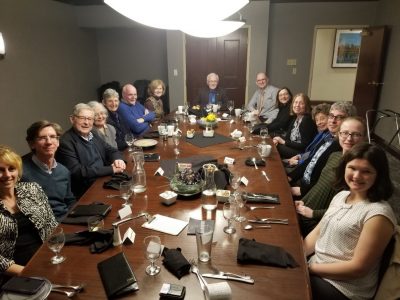
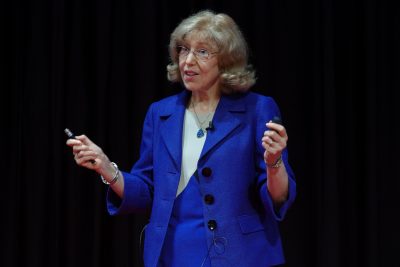

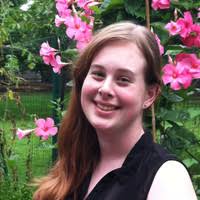 Physics major Brenna Robertson has been selected as the recipient of the 2018 Mark Miller Undergraduate Research Award. Brenna’s proposal, which focuses on modeling supermassive black hole spin using spectral emission diagrams, was selected from among a strong pool of applicants. Brenna Robertson is working with Prof. Jonathan Trump.
Physics major Brenna Robertson has been selected as the recipient of the 2018 Mark Miller Undergraduate Research Award. Brenna’s proposal, which focuses on modeling supermassive black hole spin using spectral emission diagrams, was selected from among a strong pool of applicants. Brenna Robertson is working with Prof. Jonathan Trump.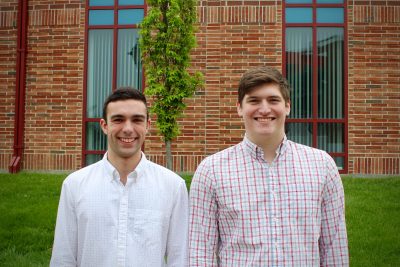
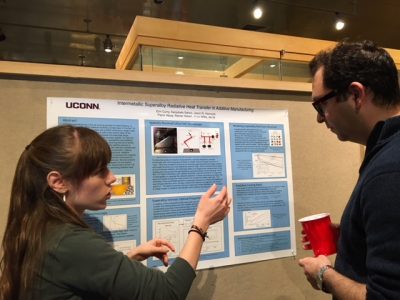
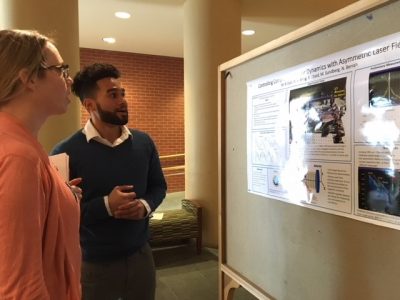
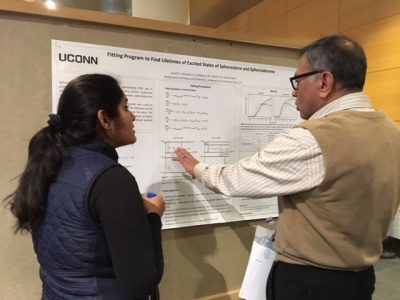
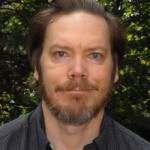 Prof Alan Wuosmaa has been awarded a grant for 3 years for Studies of exotic nuclei with transfer reactions. For the information about Prof. Wuosmaa research visit
Prof Alan Wuosmaa has been awarded a grant for 3 years for Studies of exotic nuclei with transfer reactions. For the information about Prof. Wuosmaa research visit